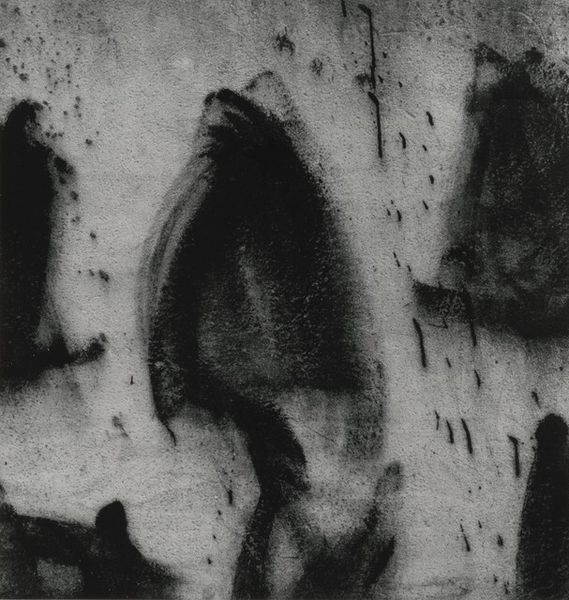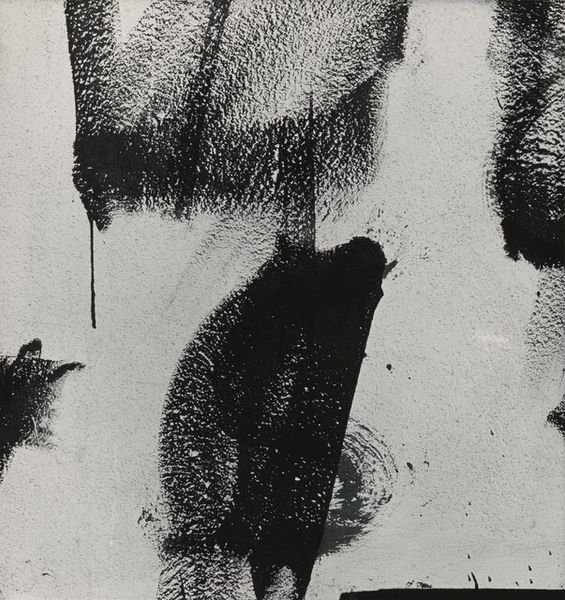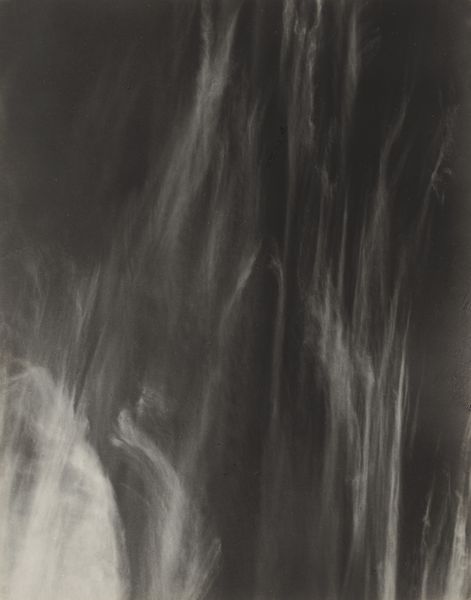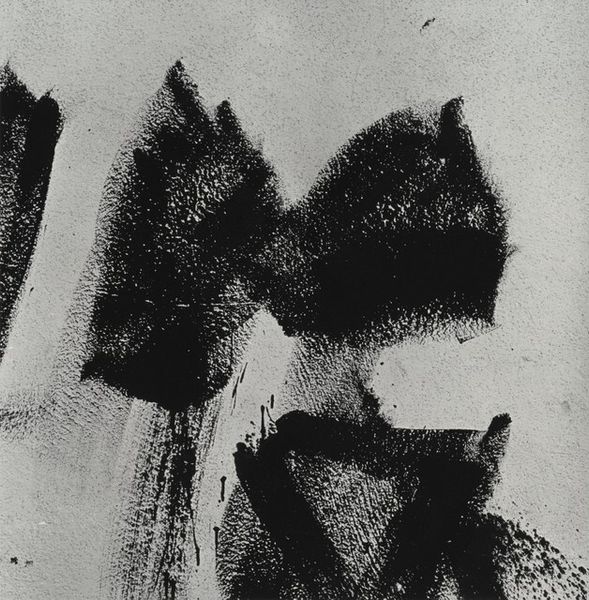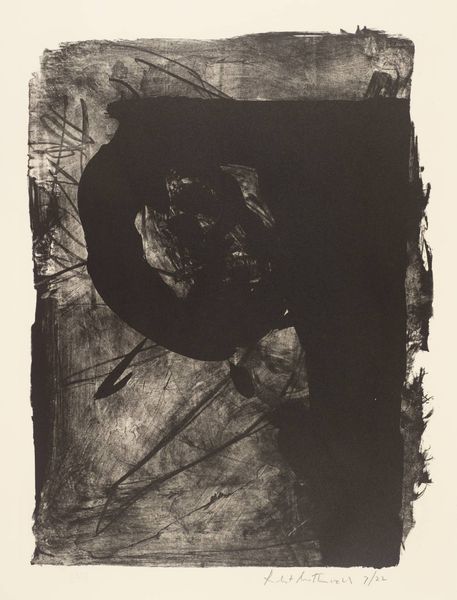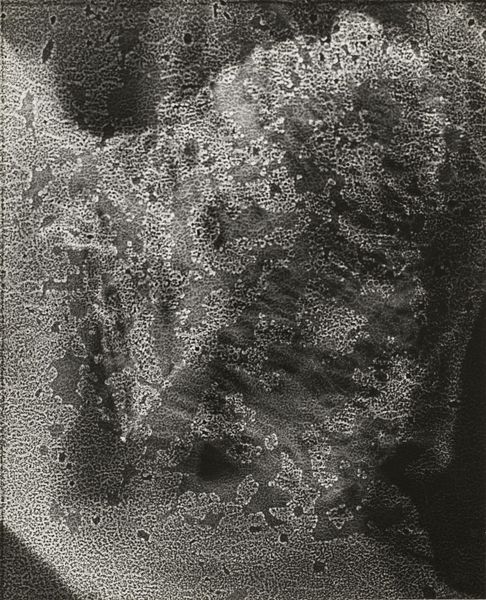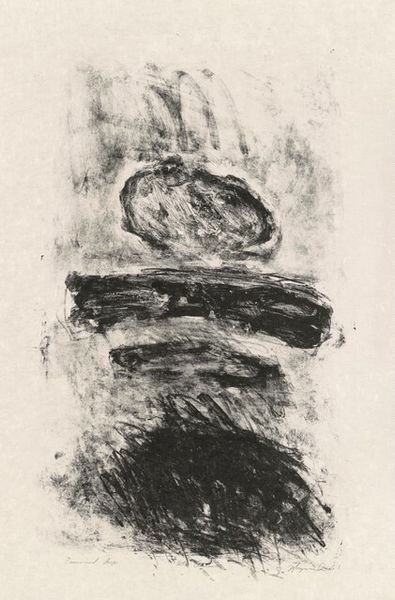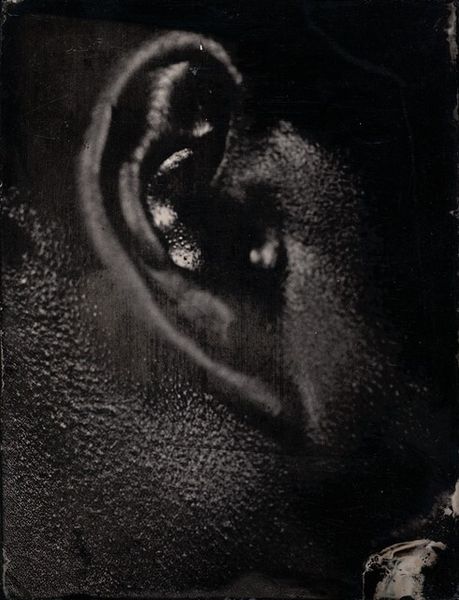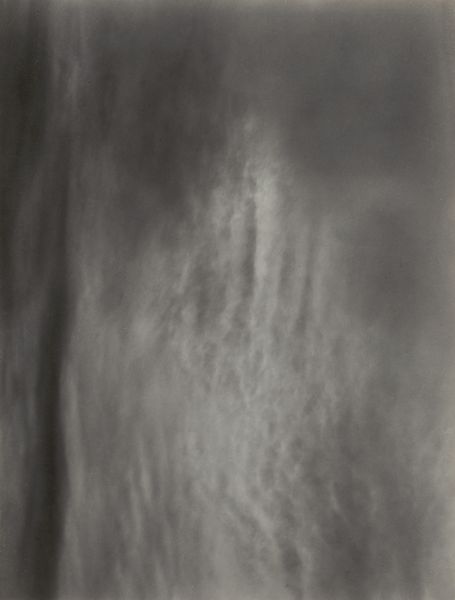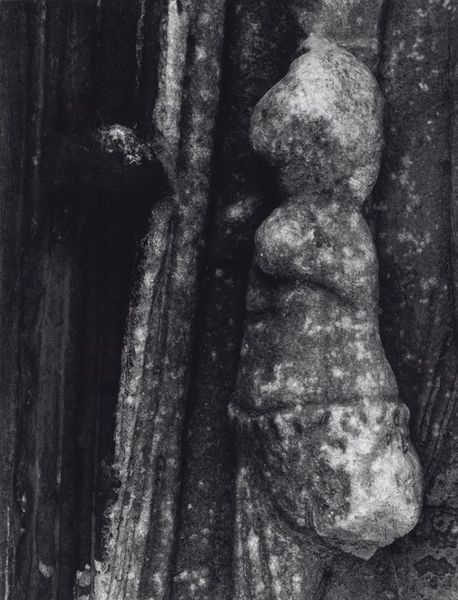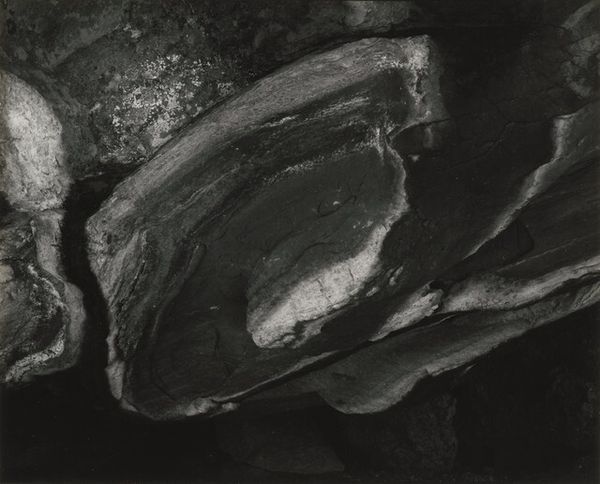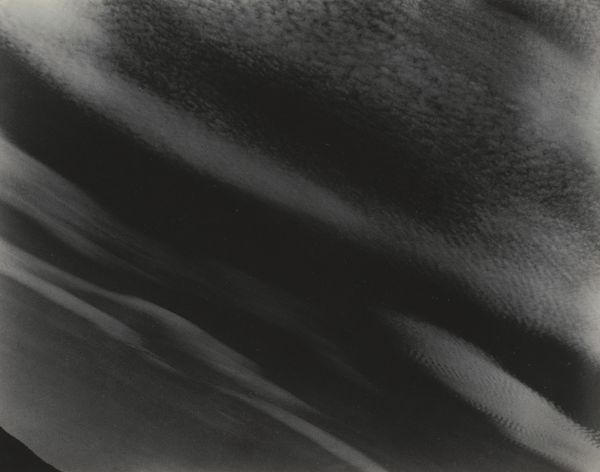
photography, sculpture, gelatin-silver-print
#
sculpture
#
textured
#
photography
#
ancient-mediterranean
#
sculpture
#
gelatin-silver-print
#
abstraction
Dimensions: image: 34 × 26.2 cm (13 3/8 × 10 5/16 in.) sheet: 35.4 × 27.6 cm (13 15/16 × 10 7/8 in.)
Copyright: National Gallery of Art: CC0 1.0
Aaron Siskind made this gelatin silver print, "Rome: Arch of Constantine 10," sometime in the mid-20th century. Siskind's image isolates a fragment of the ancient Roman monument, abstracting it through stark contrast. The Arch of Constantine, erected in 315 AD, served as propaganda, celebrating Constantine's victory and legitimizing his rule. Siskind, however, isn't concerned with imperial power. Instead, he zeroes in on the materiality of the stone, its worn texture speaking to the passage of time. We might consider how photography, as a medium, transforms our relationship to history. Instead of a grand, triumphal arch, Siskind offers a close-up, an almost tactile encounter with a single, weathered detail. The image invites reflection on how we construct memory and meaning through fragments. To further understand the significance of this work, one might research the history of photography and its relationship to abstraction, as well as studies of classical architecture. Ultimately, art history reminds us that meaning is made, not found.
Comments
No comments
Be the first to comment and join the conversation on the ultimate creative platform.
